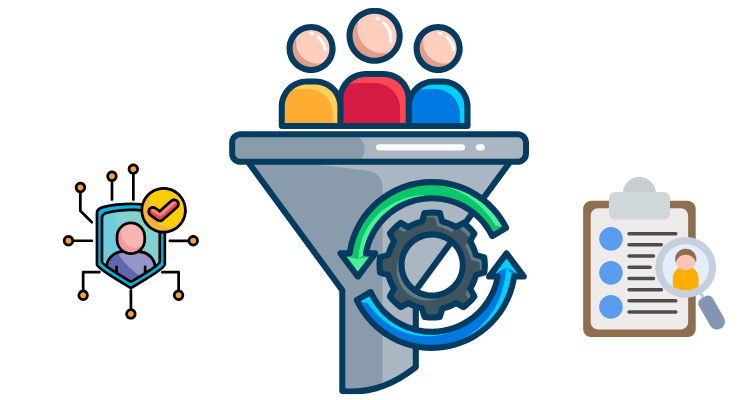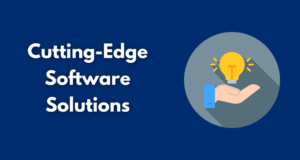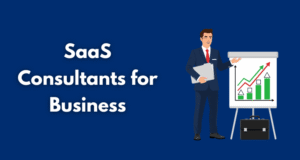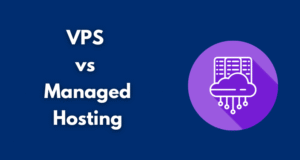Cold outreach is more than just calling every business in the phone book and asking if they need toner. Even with today’s AI-powered tools that help teams reach out to more people than ever before, outreach is not simply a numbers game.
Instead, it’s become a data game, with the wealth of information available used to qualify leads and determine how well they suit your brand.
The Instantly Co-Founder says, “The connection between cold outreach and lead qualification runs deeper than most realize. Every element of your email, from subject line to signature, acts as a subtle qualification filter. The best practitioners deliberately design these elements to attract ideal prospects while creating natural exit ramps for poor-fit opportunities.”
In other words, getting replies for every email you send out isn’t even the goal. The goal is to attract just the right kind of lead, who will slip frictionlessly down the rest of the sales funnel and start a strong relationship of repeat business.
In this article, we’ll dig deeper into how marketing professionals integrate lead qualification into their cold outreach campaigns and how it affects success.
Table of Contents
ToggleDefining Cold Outreach and Lead Qualification

To make sure we’re all on the same page, let’s define our terms:
- Cold outreach is the practice of proactively contacting potential customers who have had no previous engagement with your brand. This can be done through emails, phone calls, social media messages, or SMS. The primary purpose is not to push for an instant sale, but to generate new business opportunities by showing a prospect that you understand their challenges and can offer a viable solution.
- Lead qualification is the process of evaluating a prospect’s potential to determine if they are a good fit for your product or service. It involves separating the genuinely interested “hot prospects” from the uninterested “cold leads,” ensuring that the sales team’s time and resources are spent wisely.
You can start qualifying your leads from the very first stages of cold outreach, using advanced filters to find the right leads and designing messaging that will attract the best prospects.
How to Integrate Lead Qualification into Your Cold Outreach Strategy

Whenever you put a little extra thought into who you’re reaching out to and what you’re saying to them, you’re conducting a form of lead qualification. Here’s how you integrate it directly into your workflows.
1. Building the Right List
Identifying the right prospects is the first step in any cold outreach campaign, and it’s done by building lists of contacts. There are many outreach tools out there built for this purpose, allowing you to target businesses according to various filters such as:
- Size
- Industry
- Location
- Tech stack (what tools they use)
- Headcount
- Revenue
Some tools also have “look-alike” features that help you find businesses in the same situation as your top existing clients. All of this filtering will help you build a highly curated list of contacts that are already qualified in various ways.
2. Crafting a Strategic Message
Every part of the initial message plays an important role in outreach, from the subject line to the sign-off. Here’s what you need to consider:
- Personalize with purpose: Research your prospect and collect data from your various marketing tools to tailor your message. You can congratulate individuals on a promotion or congratulate a company on a successful funding round. If you integrate social media into your strategies, you can engage with posts to show genuine interest. The more personalized your message is, the easier it is for the prospect to believe you’ll have something relevant to share.
- Ask light, qualifying questions: Instead of asking directly about budget, you can embed subtle, open-ended questions into your outreach. For example, asking “How is your team currently handling [a specific challenge]?” can provide insight into their needs without sounding pushy.
- Lead with value, not a pitch: Your first message should offer value such as a helpful resource, a relevant insight, or a compelling statistic. This approach encourages engagement and often elicits replies that naturally reveal a prospect’s pain points and priorities.
3. Analyzing the Responses
Any replies you receive will be full to the brim of new qualification data. Based on their engagement and the information they provide, you can sort leads into different categories and develop a system for nurturing them accordingly.
Some may be ready for a sales call, while others may need more time and information. It’s also okay to provide more value at this stage, for example, if someone wants more information about a statistic you provided.
This stage often feels quite instinctive since the ideal course of action is to provide a natural response to whatever reply you received.
Best Practices for a Seamless and Effective Process
Here are some universal tips for keeping your qualification-integrated messages on point:
- Keep messages brief and clear: Concise and easy-to-understand communication is key. Respect your prospect’s time, and they’ll be more likely to share it with you.
- Be persistent, not pushy: Most deals are not closed on the first contact. Implement a strategic follow-up sequence that adds value with each touchpoint. This persistence can turn a cold lead into a warm opportunity over time.
- Leverage technology: Modern sales teams are powered by technology. Use CRM and sales engagement platforms to automate outreach, manage leads, track engagement, and analyze what’s working so you can continuously optimize your process. These systems are most effective when paired with a front office software solution like Quo (formerly OpenPhone), which centralizes VoIP calling, business messaging, and AI lead management for every agent.
Tools like Trestle, a phone validation API, can be integrated into your workflow to ensure your contact data is accurate, reducing wasted calls and improving overall engagement rates.
Final Thoughts
Ultimately, cold outreach and lead qualification are two sides of the same coin. Cold outreach initiates the conversation, but lead qualification ensures it’s a conversation worth having. By abandoning the “spray and pray” approach and adopting a strategic mindset, you can transform your outreach efforts.
This also has positive effects on your wider reputation and deliverability, as more targeted outreach leads to fewer disgruntled recipients who get annoyed every time your mildly irrelevant emails land in their inboxes.









